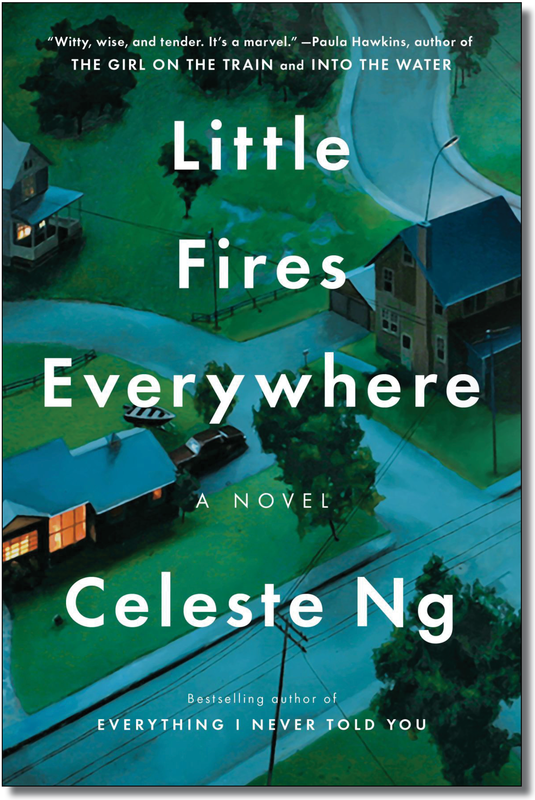|
Vertical Divider
|
Everything I Never Told You. By Celeste Ng. Penguin Press, 2014.
Little Fires Everywhere. By Celeste Ng. Penguin Press, 2017.
ADVERTISEMENT |
CURRENT ISSUE
|
CONTACT
|
DEPARTMENT OF ENGLISH
|




